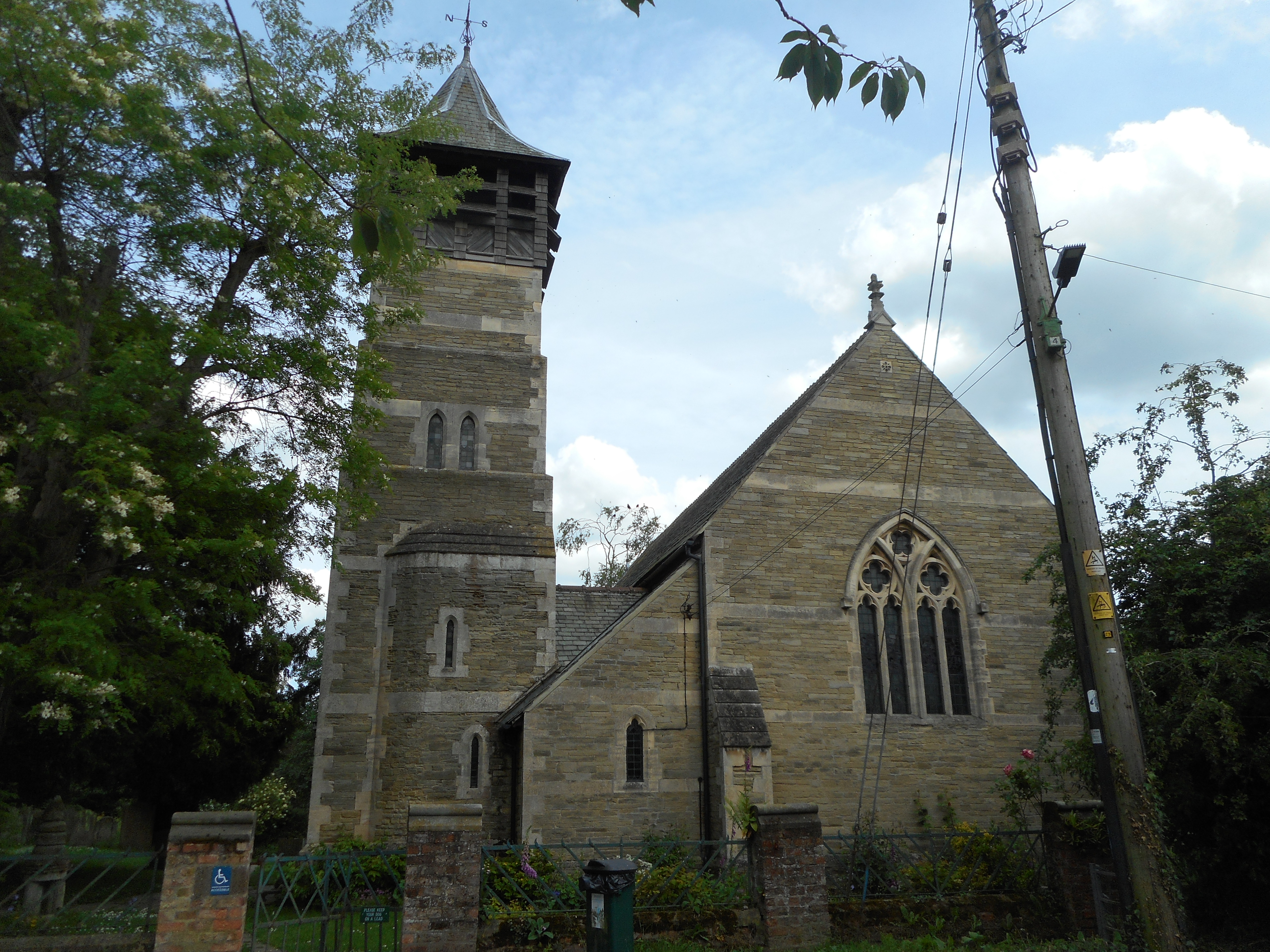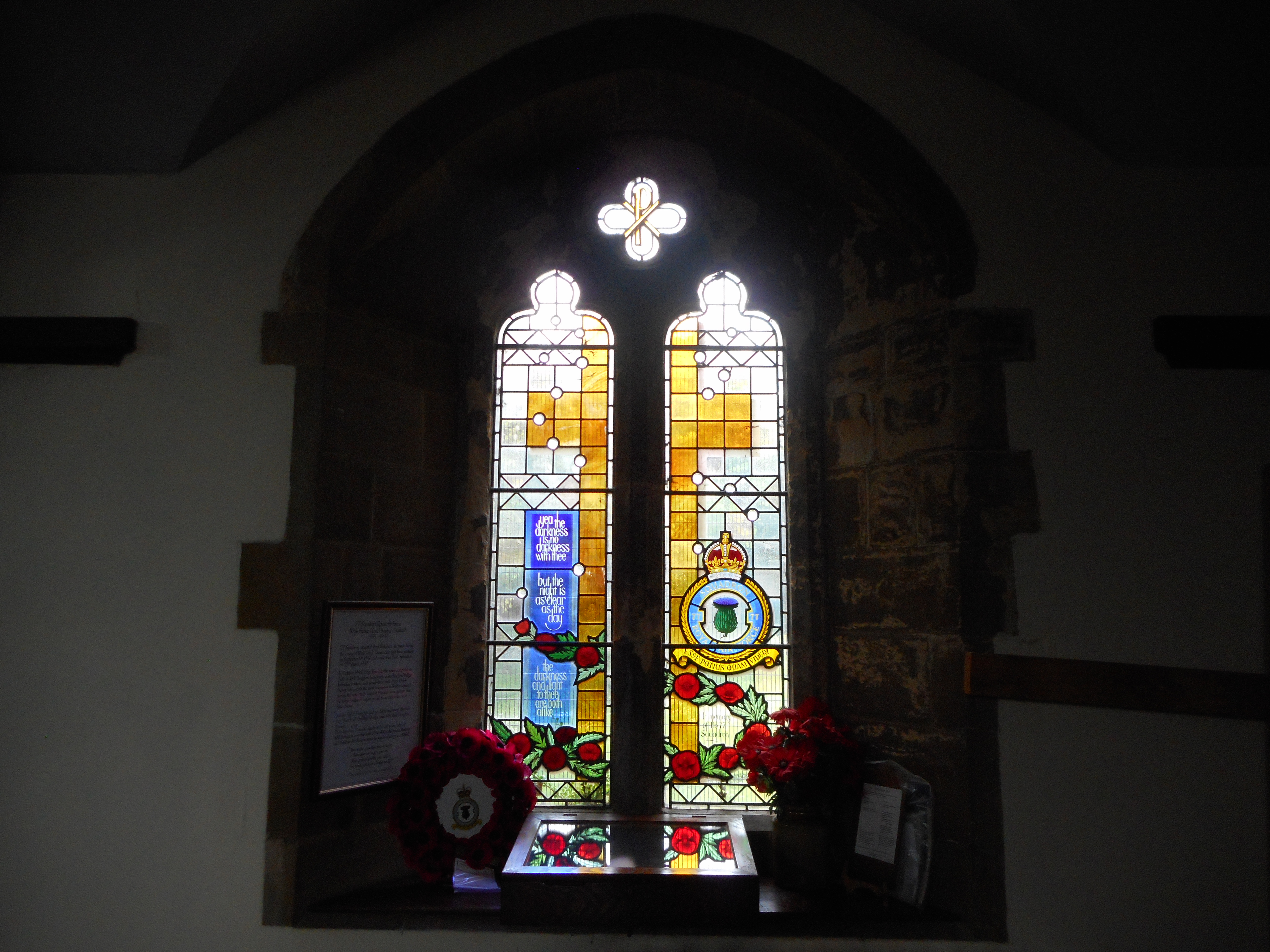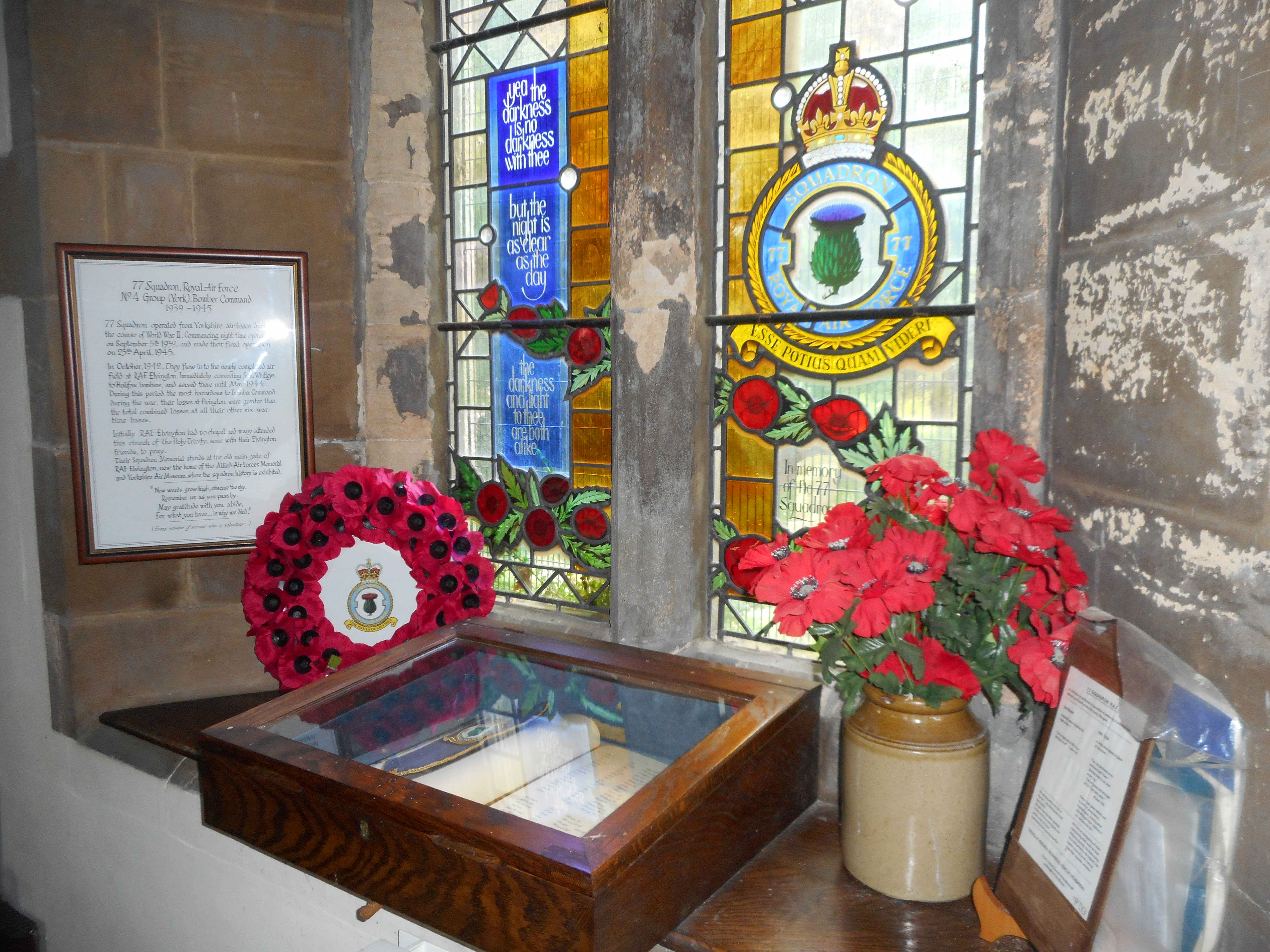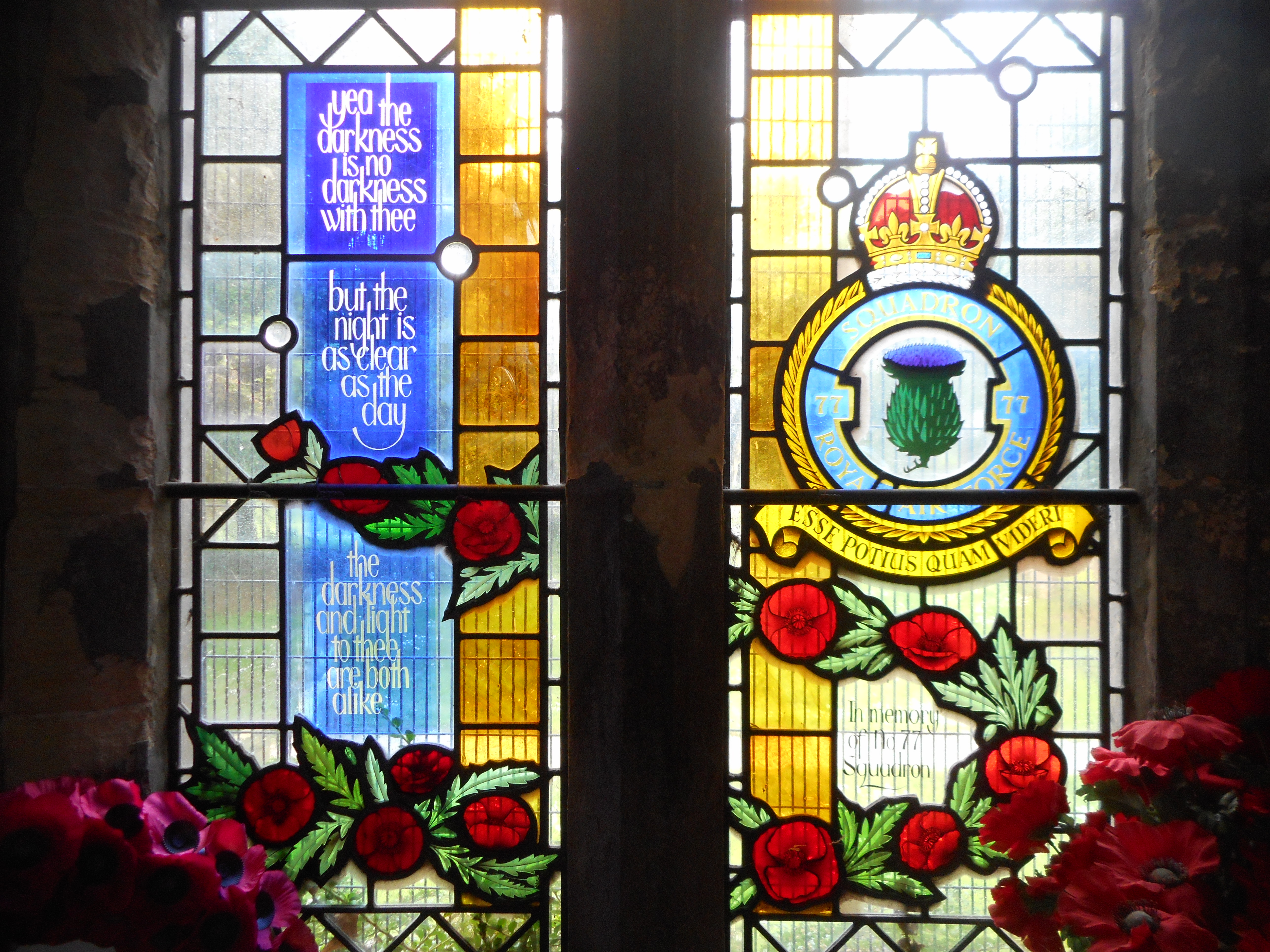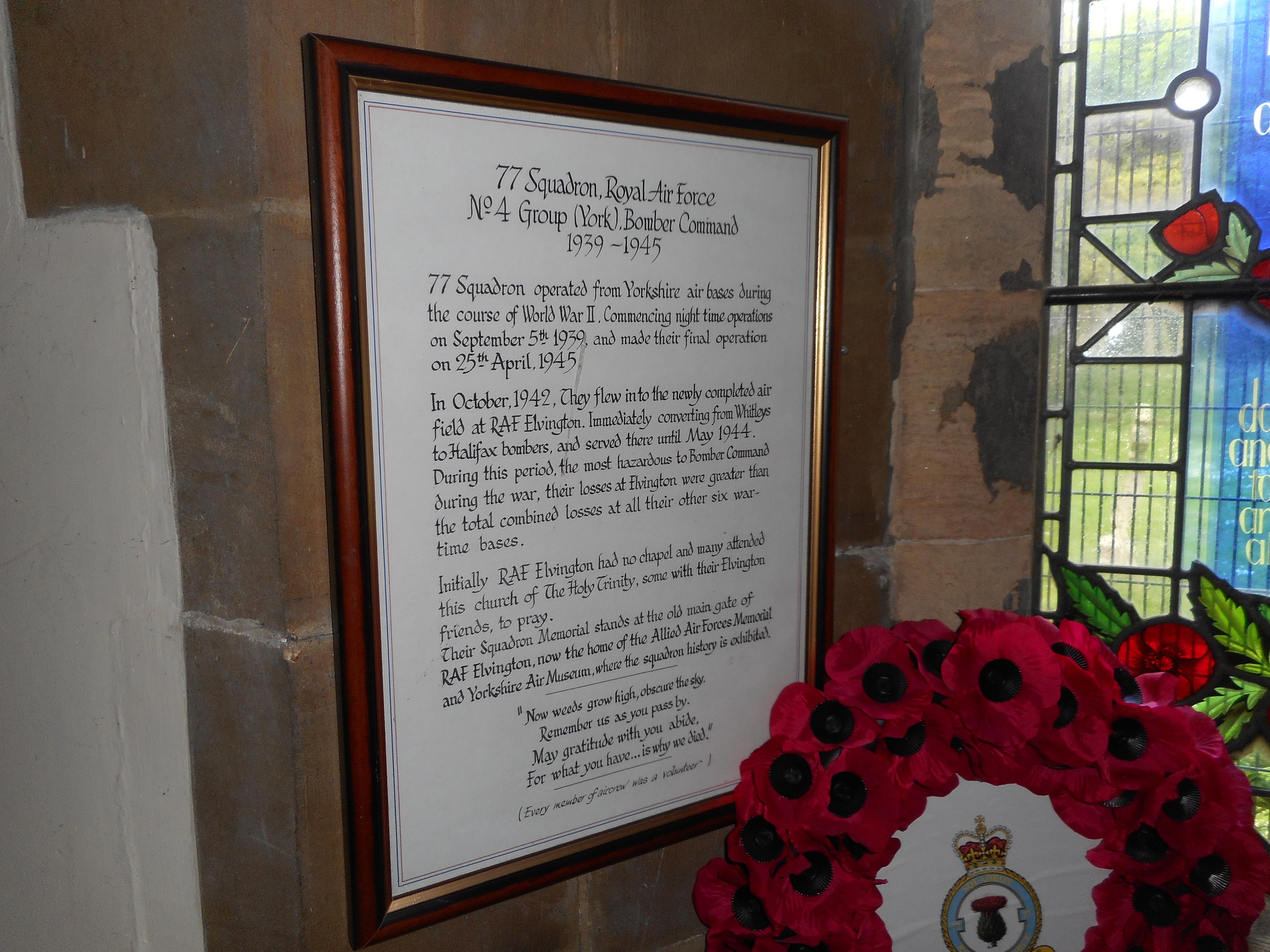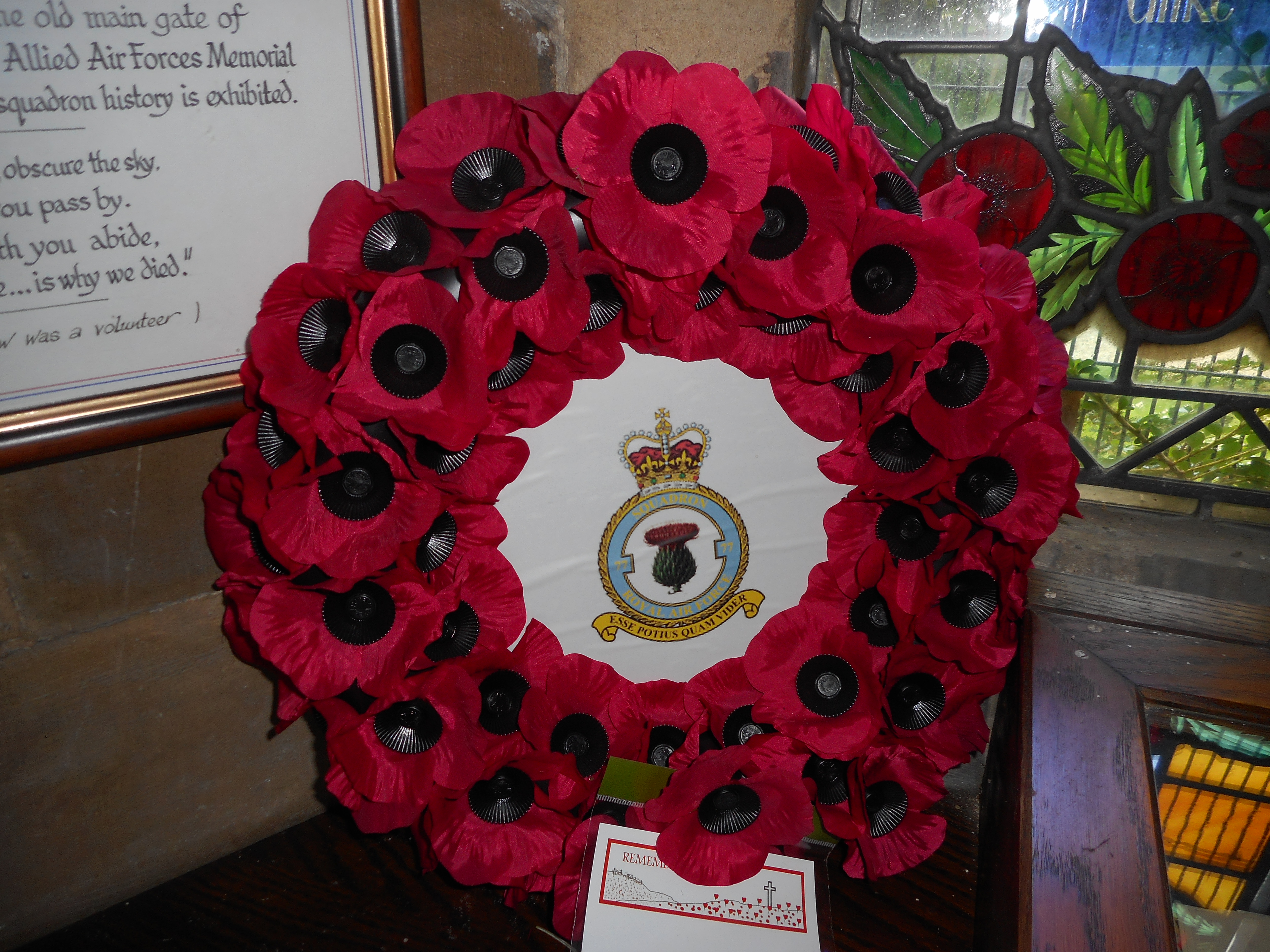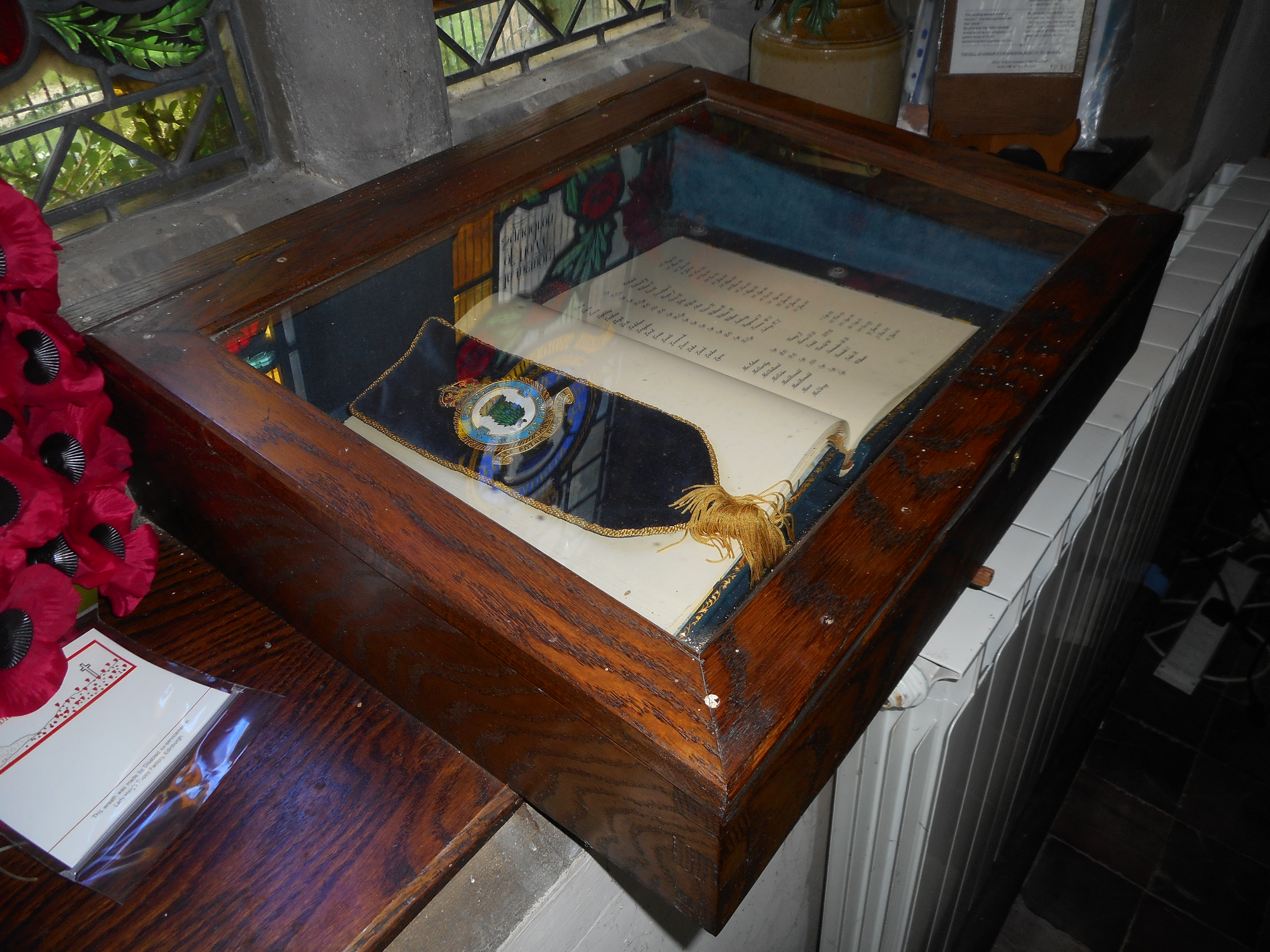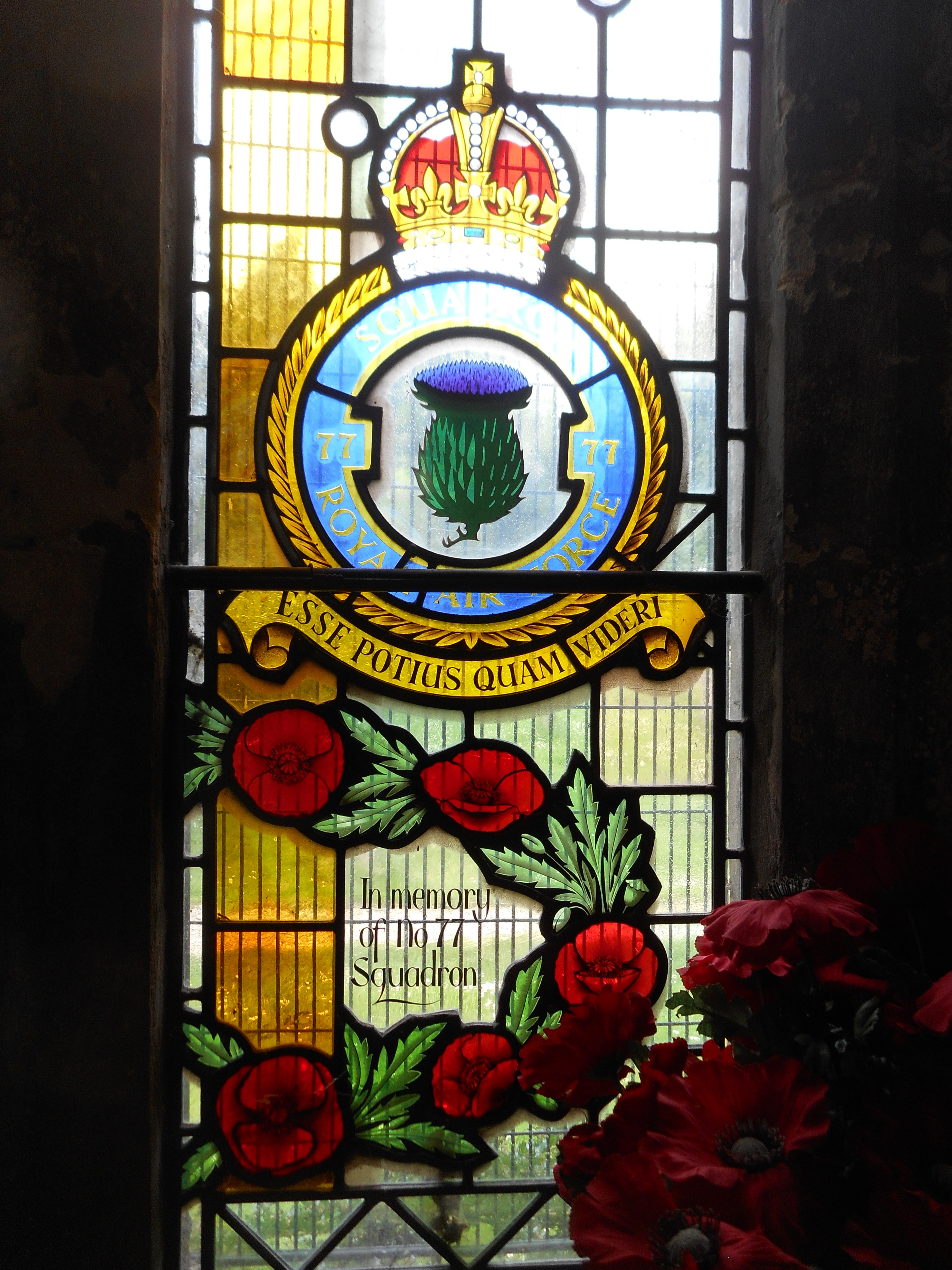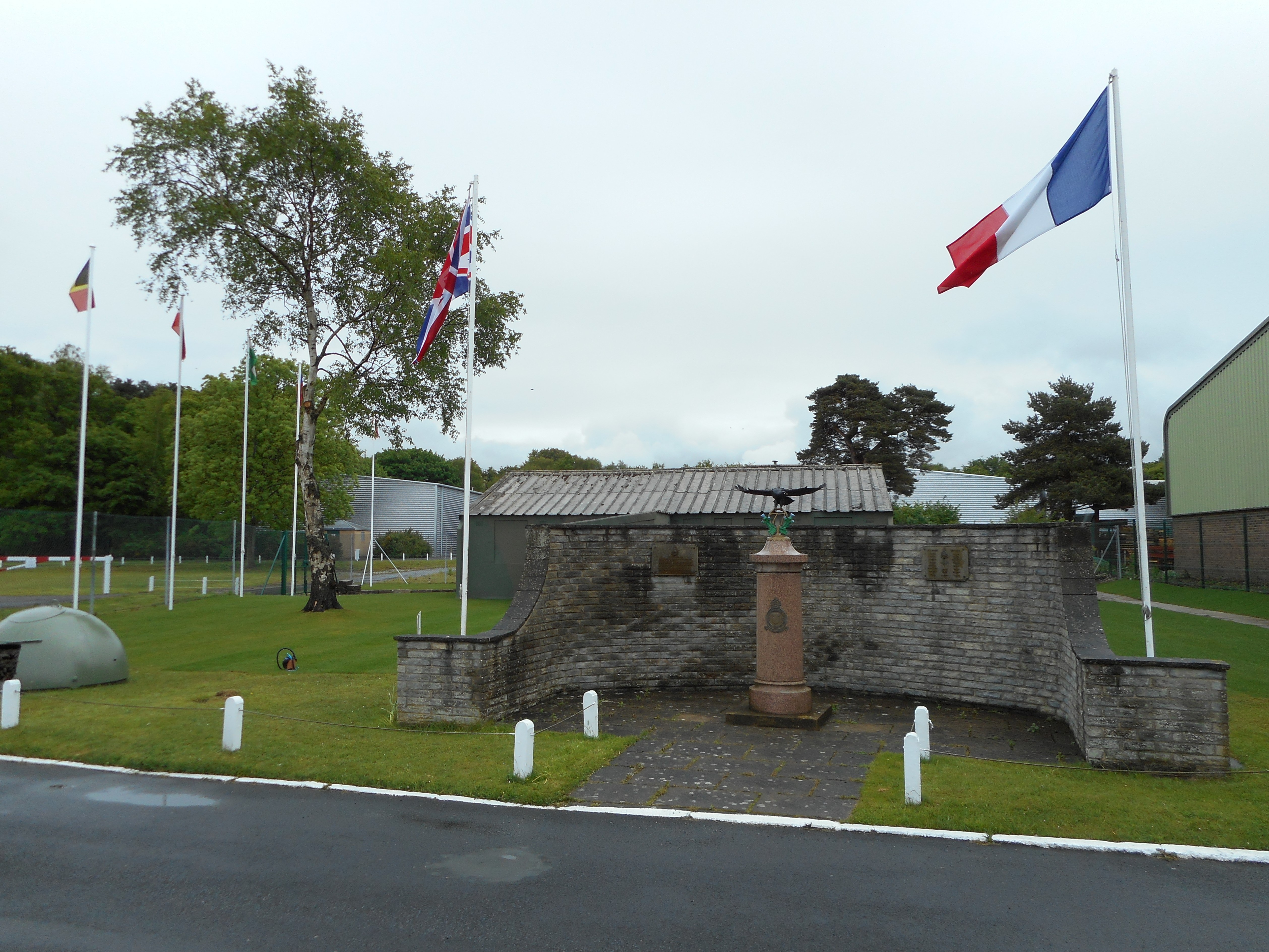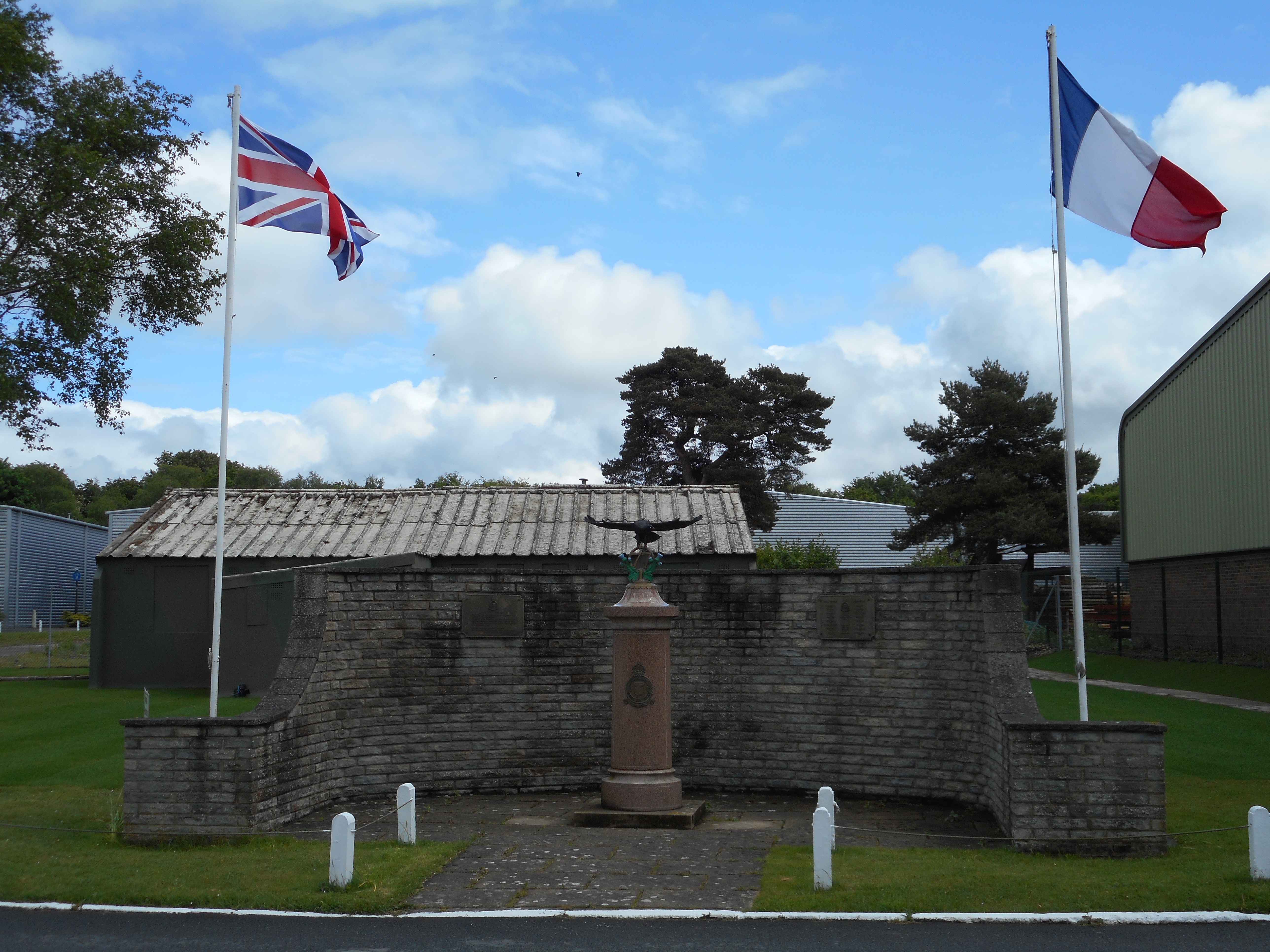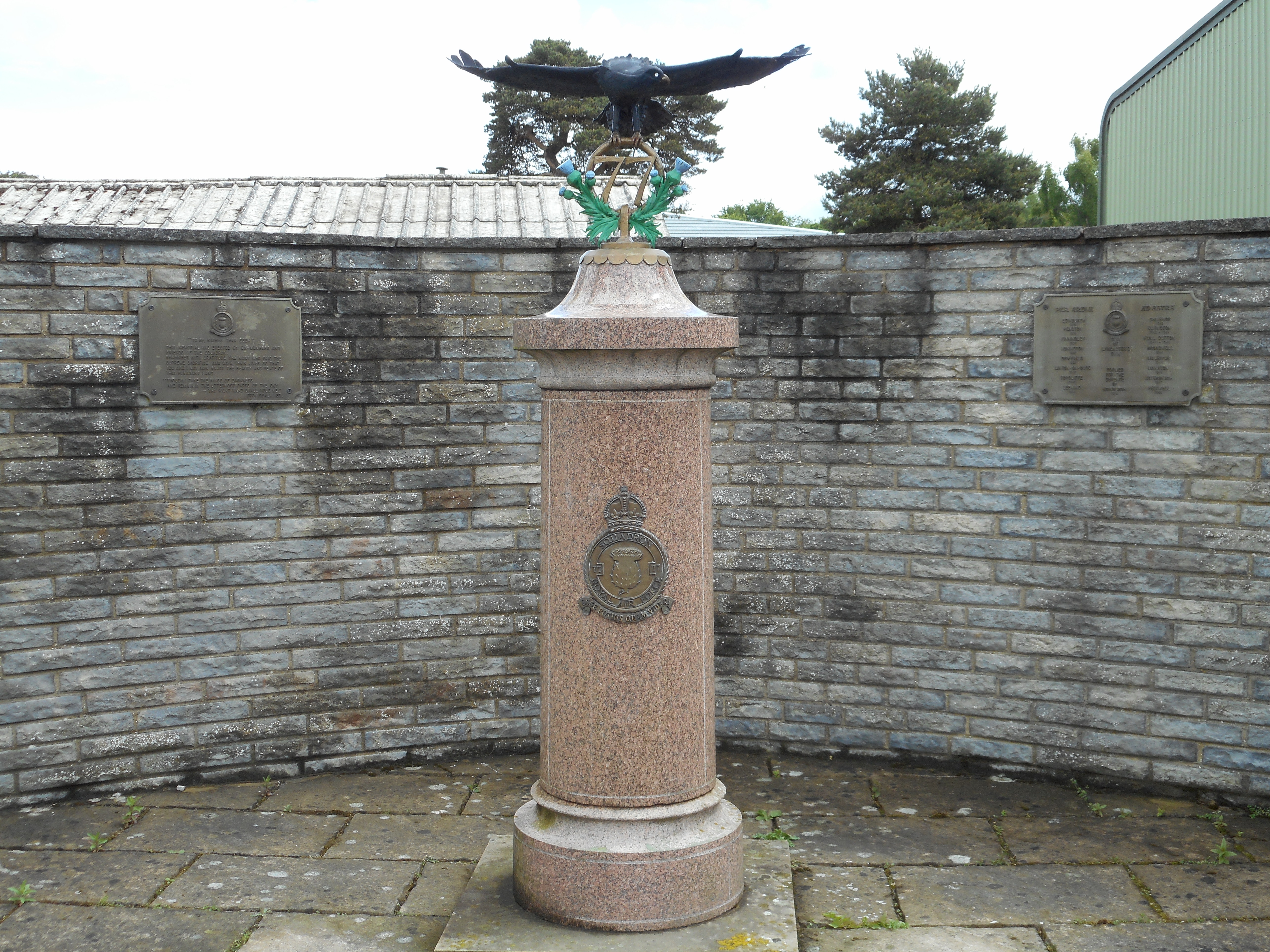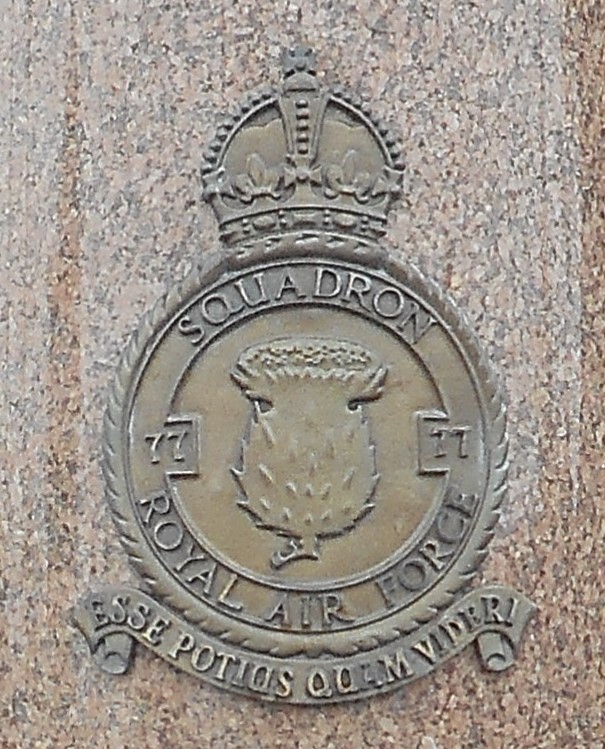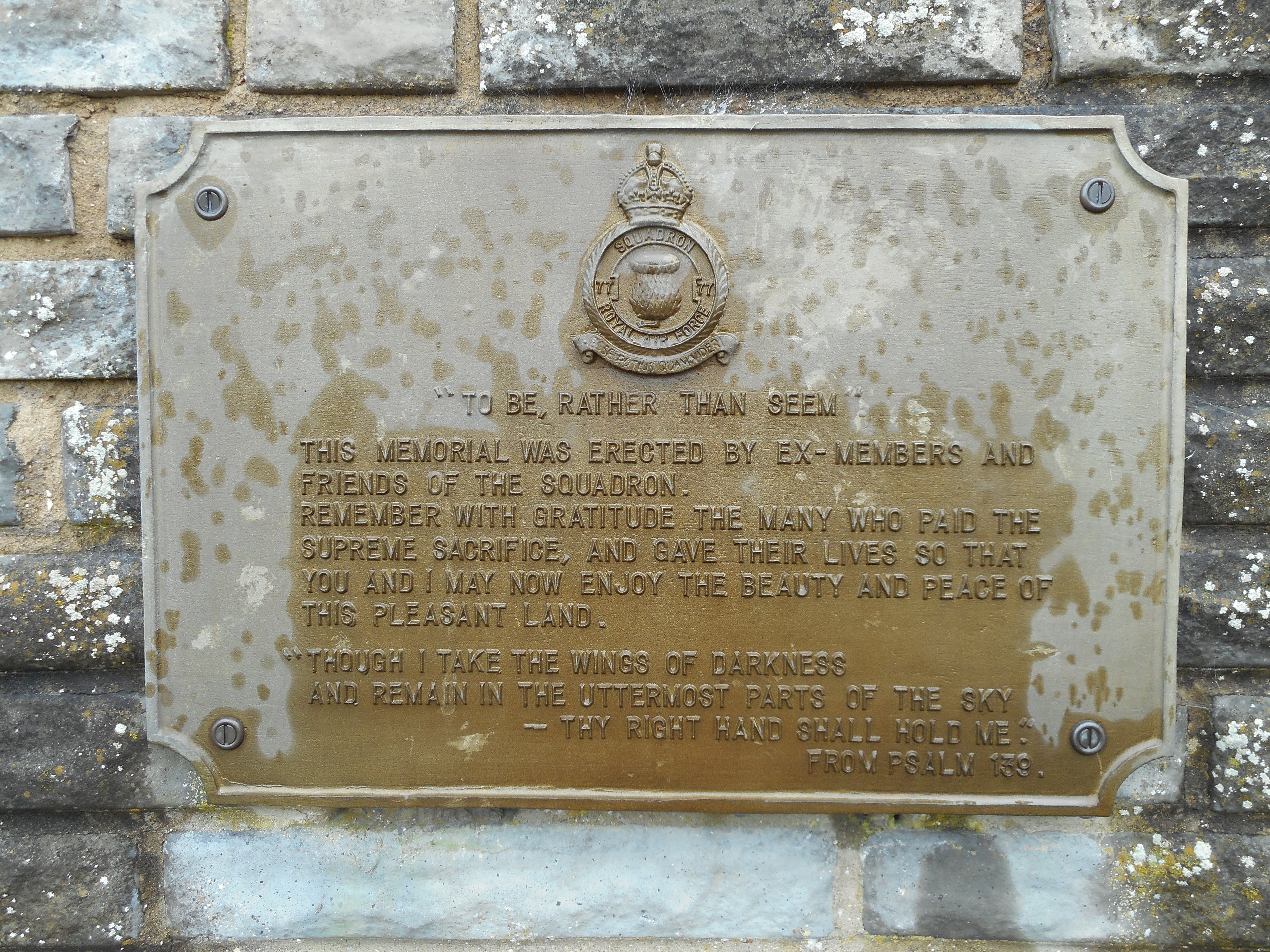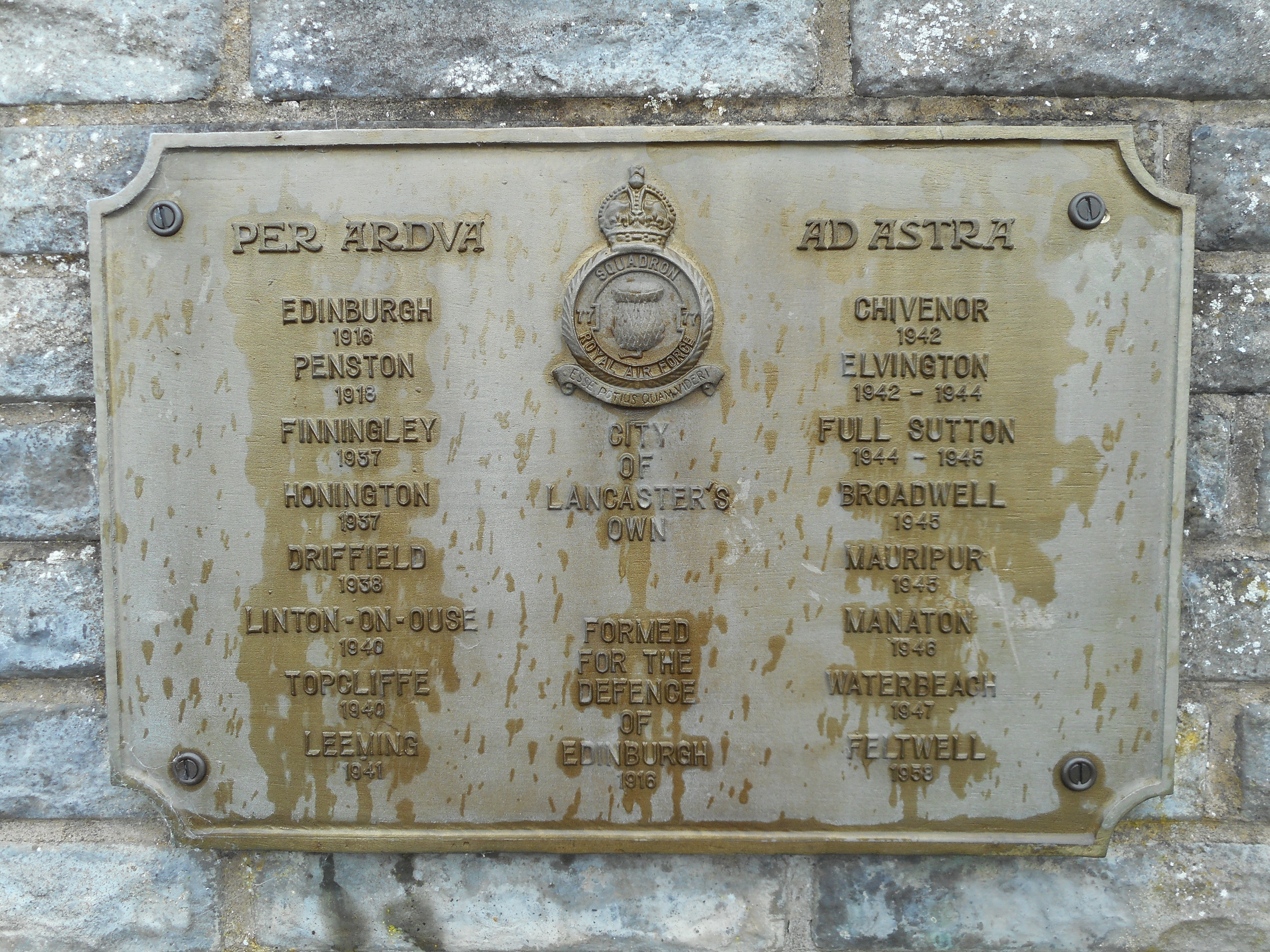Baines, William
Personal Information
| Rank | F/S |
| Forename(s) | William |
| Surname | Baines |
| Gender | M |
| Age | 22 |
| Date of Death | 15-02-1944 |
| Next of Kin | Son of Thomas Henry and Lucy Annie Baines, of Chester. |
Aircraft Information
| Aircraft | Handley Page Halifax V |
| Serial Number | LL244 |
| Markings | KN-T |
Memorial Information
| Burial/Memorial Country | Germany |
| Burial/Memorial Place | Hanover War Cemetery |
| Grave Reference | 5. A. 5. |
| Epitaph | FROM THE CLEAN HANDS OF THE YOUNG WE TAKE THE SUPREME GIFT |
IBCC Memorial Information
| Phase | 2 |
| Panel Number | 125 |
Enlistment Information
| Service Number | 1051646 |
| Service | Royal Air Force Volunteer Reserve |
| Group | 4 |
| Squadron | 77 |
| Squadron Motto | Esse potius quam videri (To be, rather than to seem) |
| Trade | WOp/AG |
| Country of Origin | United Kingdom |
Other Memorials
| Location | Holy Trinity Church, Elvington, North Yorkshire |
| Country | United Kingdom |
| Memorial Type | Stained Glass Window & Roll of Honour |
| Memorial Text | Memorial windows and Roll of Honour for 77 Sqn. R.A.F. |
| Location | Yorkshire Air Museum, Elvington North Yorkshire |
| Country | United Kingdom |
| Memorial Type | Marble Column with Metal Sculpture and Plaques |
| Memorial Text | Memorial to 77 Sqn. R.A.F. City of Lancaster's own |
Commonwealth War Graves Commission
The National Archives
| Record of Events (Operational Record Book) AIR 27/657/4 |
| Summary of Events (Operational Record Book) AIR 27/657/3 |
Fellow Servicemen
Please note that this list gives all the losses aboard the quoted aircraft and occasionally these may have occurred on an earlier date when the aircraft was not itself lost. Please check the dates of death carefully.
Last Operation Information
| Start Date | 15-02-1944 |
| End Date | 16-02-1944 |
| Takeoff Station | Elvington |
| Day/Night Raid | Night (63% moon) |
| Operation | Berlin. 891 aircraft- the largest raid on Berlin and in fact the largest 'non-1000' raid of the war. The bomb tonnage dropped was also a record at 2642 tons. 43 aircraft losses (4.8%). The bomber stream was tracked by the German controllers as soon as it left the English coast but a swing to the north over Denmark for the approach was effective as it was out of the range of many fighters. The controller ordered that Berlin be kept free of fighters to allow the flak batteries the full range of altitudes but many ignored the order and attacked bombers over the target. Berlin was cloud covered but the bombing was reasonably concentrated, although some bombs fell on outlying towns and villages. Damage was extensive with over 1000 houses and 526 temporary accommodation barracks destroyed. Some of the most important war industries were hit and 320 people were killed. The relatively low death toll is a reflection of the fact that large-scale evacuations had taken place by now. |

